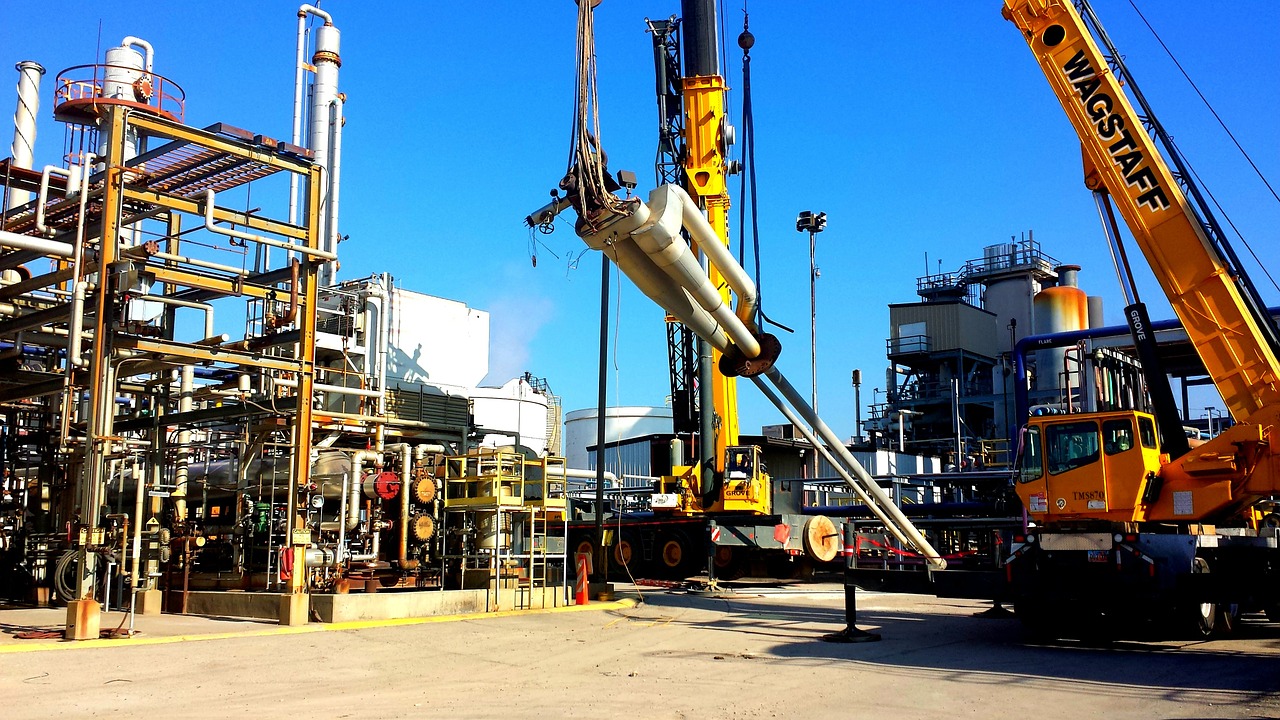Geotheta Fundamentals Explained
Geotheta Fundamentals Explained
Blog Article
The Single Strategy To Use For Geotheta
Table of ContentsThe 45-Second Trick For GeothetaUnknown Facts About GeothetaFacts About Geotheta Revealed3 Easy Facts About Geotheta Explained
They collaborate with civil designers, architectural engineers, designers, and other experts to integrate geotechnical factors to consider right into the overall task layout and building procedure. This needs effective teamwork, sychronisation, and interaction to make certain that the geotechnical facets line up with the task objectives and meet regulatory requirements.Mining & Products Engineering: Principles of boring, penetration prices, and factors impacting the selection of boring method. Blasting strategies in surface area and underground functions. Mechanical and continuous methods to fragmentation, consisting of longwall shearing and fullface boring.
Modelling of piece and fragment size distributions; comminution as a transfer feature. Comminution modern technology: squashing, grinding, dimension category. Integrated evaluation of fragmentation and comminution procedures. Supplied by: Mining & Products Engineering.
Not known Details About Geotheta
Bachelor's level programs in civil, geotechnical, geological, and environmental engineering commonly last 4 years and consist of general education and learning programs in English, social scientific research, and the liberal arts, in addition to programs in innovative mathematics, structural geology, and fluid mineralogy. (https://flossy-rotate-3d1.notion.site/Why-Geotechnical-Engineers-are-Vital-for-Your-Construction-Projects-7c147cf012a34d1abe5134afbabc811f?pvs=4)
Geotechnical engineering includes the analysis of the soil and rock conditions at a specific website, and their effects for the development of that site. As a lot of structures count on the ground for assistance, it lacks shock that a thorough understanding of the ground problems, and the viability of structure systems, are vital to the long-lasting security and efficiency of the structure or structure.
Specialising in the examination of geological formations and ground behavior, geotechnical designers perform clinical investigations and testing to recognize the impact these geological developments might carry the style and building of structure, civil and infrastructure jobs. This proficiency is vital for the layout and building and construction of buildings, roads, passages, dams, bridges, and water and sewage systems.
The geotechnical group at Douglas Allies routinely seek advice from with engineers, style engineers, developers, and building contractors to make suggestions on design and advancement proposals to ensure that the constructed frameworks are accordingly created for the ground problems. For example, the design of footing systems requires to consider the weight of the framework, the capacity of the ground to sustain that weight with each other with motion tolerances and efficient building and construction.
Some Known Facts About Geotheta.
This job is substantially simplified by the usage of our Douglas Map geospatial system that makes this info readily easily accessible in a very easy to utilize web browser user interface. A geotechnical designer will route the boring of boreholes and test pits to accumulate soil and other samples, and likewise examine surface features and ground exposures to develop a geotechnical version of the subsurface conditions.
Depending on the job type and ground conditions came across, laboratory testing might to name a few things evaluate toughness, compressibility, sensitivity and/or permeability of soil and rock examples. After this data is collected and looked at, the outcomes are used for a geotechnical model of the site, which is normally presented as sections throughout the site.

A geotechnical investigation by nature can just evaluate the ground conditions at the places drilled or excavated. All-natural variations in dirt and rock conditions can occur across a site and between examination locations. It is consequently great practice that the geotechnical engineer be kept throughout construction of the project to provide on-site confirmation that the ground conditions come across are consistent with the assumptions and guidance given in the geotechnical examination report.
Facts About Geotheta Uncovered
Geotechnical designers use their comprehensive knowledge of soil and rock to analyze danger and fix troubles on diverse facilities projectsGeotechnical engineering is a specialist branch of civil design which looks at the behaviour of earth materials and the application of dirt and rock mechanics. Geo Tech Engineer. As a geotechnical designer, you will certainly analyze the physical, mechanical and chemical residential or commercial properties of soil and rock in order to design foundations, retaining structures and earthworks
Geotechnical engineering is closely connected to and overlaps with, both engineering geology and ground design - https://triberr.com/geotheta. It's possible to be experts in geotechnics or benefit a geotechnical business however be known as an engineering rock hound or a ground engineer. As a geotechnical engineer, you'll require to: develop and preserve partnerships with customers and other experts included in the site, throughout each projectmaintain safety and security requirements on site be mindful of expense ramifications when you make recommendationsstudy geological maps and airborne photos from a range of resources and from different time periodsexamine construction plans to see how possible they are based upon your understanding of the siteinvestigate risks or geological hazards for the sitesearch for environmentally sensitive attributes, such as landfill beginning to develop valid and interpretive ground modelsplan field investigationsdrill and evaluate examples of bedrock, dirt, groundwater and extra products monitor other experts on sitesolve technical concerns as they emerge, such as unexpected structures at drill sitesmonitor problems during and after building and construction to ensure structures are steady in the short and long termadding data gathered on site to your preliminary researchcreating geotechnical calculations, drawings, and 2 or three-dimensional computer versions interpreting the datamaking suggestions about the recommended use of the website

Report this page